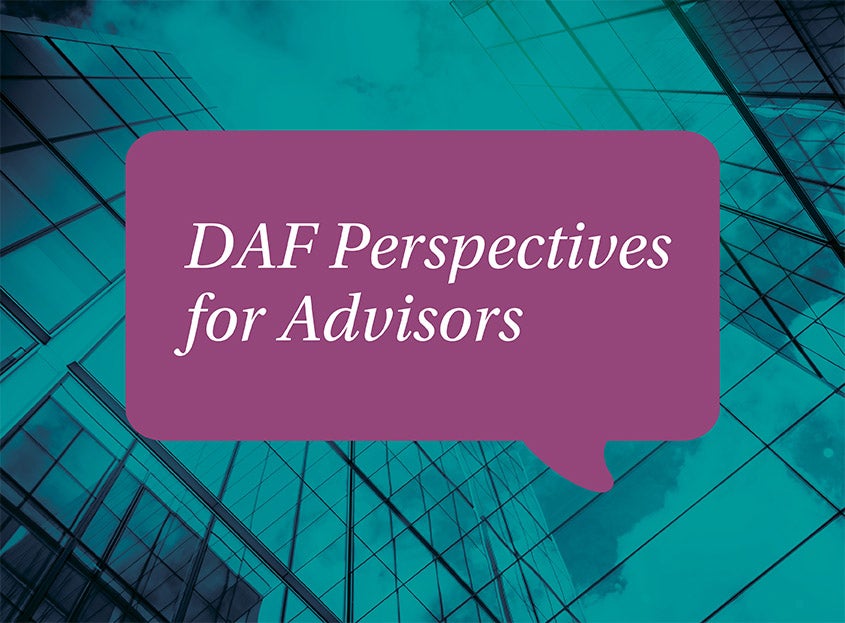What Types of Assets Can Your Clients Donate to a DAF

Donor-advised funds (DAFs) have many advantages for clients who need a philanthropic solution for their giving. Many donors use DAFs as an alternative to setting up their own charitable trust or foundation. DAFs are easy to set up, flexible and can accept a wide range of assets as charitable contributions. Here are some examples:
Cash: For donors who pay tax in the UK, gifts of cash are eligible for Gift Aid.
Publicly Traded Securities: Donating appreciated shares is one of the most tax-effective ways your clients can be philanthropic. This includes shares, bonds, funds and OEICS.
Illiquid Assets: From tangible property to real estate, such gifts would be liquidated once the contribution has been made.
Alternative Investments: These include restricted stock, privately or closely held stock, alternative investments, limited partnership interests and cryptocurrency.
Legacies, Bequests and Testamentary Gifts: A DAF may be named a beneficiary of a bequest under a will, trust or designated as beneficiary of a life insurance or pension plan.
Grants and Transfers from Charitable Trusts, Foundations or Other DAF Programmes: Your clients may transfer funds from an existing charitable trust, UK charity, other charitable entity or from another DAF.
Offshore Contributions: NPT UK can accept contributions to a DAF offshore. Your clients can use offshore trusts and other fiduciary structures to make contributions to a DAF.
With a wide array of assets accepted as DAF contributions, your clients can be sure to maximise their philanthropic impact when choosing to use a DAF for their philanthropic giving. For more information on how we can support your clients’ philanthropy, please contact us.
NPT UK does not provide legal or tax advice. This blog post is for informational purposes only and is not intended to be, and shall not be relied upon as, legal or tax advice. The applicability of information contained here may vary depending on individual circumstances.
To download a PDF of this blog post, click below:
